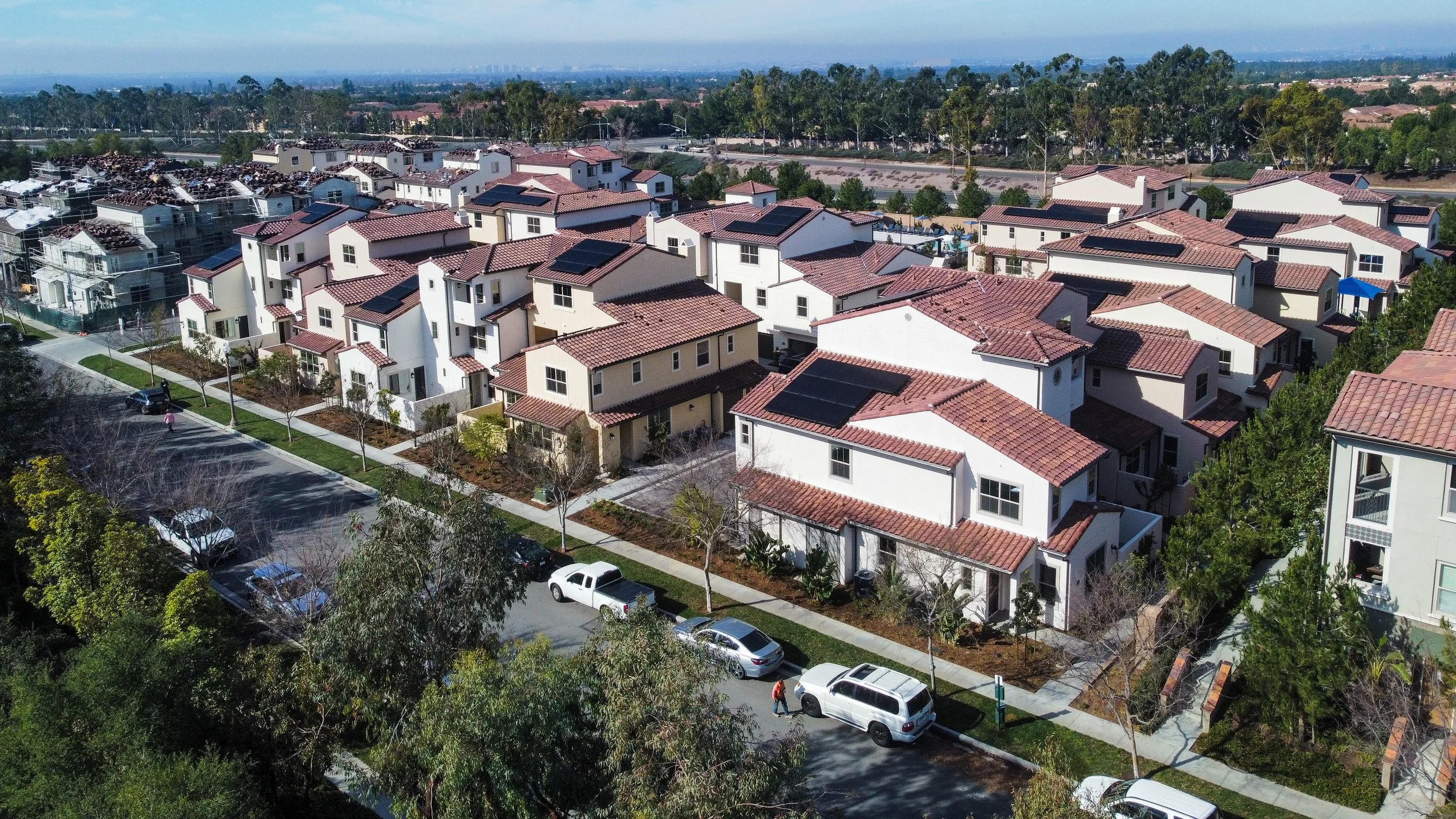California Housing Law Hurts the Environment
Every eight years, California cities are required to update their plans to accommodate housing growth, called their Housing Element. Changes in state housing law in recent years have made it much more difficult for cities to include infill sites and parcels with existing uses as part of their housing elements. Instead, cities are strongly incentivized to concentrate their housing growth on greenfield sites and to continue sprawling outward instead of building new housing within the existing fabric of the city.
State law requires that cities that accommodate more than 50% of their housing growth needs on non-vacant land provide “substantial evidence” that the existing uses on each parcel will discontinue within the eight year planning period. The California Department of Housing and Community Development defines substantial evidence as “facts, reasonable assumptions predicated upon facts, and expert opinion supported by facts.” Providing this substantial evidence for each non-vacant housing site is a significant burden on cities.
Instead of providing this substantial evidence, cities are encouraged to avoid the requirement entirely by ensuring that no more than 50% of their housing growth needs are accommodated on non-vacant sites. While there are some cities that have enough vacant sites within the existing fabric of the city, most cities only have vacant parcels at the end of town, if any at all.
The problem with this, of course, is that this sort of sprawl that state housing law in encouraging paves over habitat, doesn’t’ create the necessary density within the core of our cities to support transit, and ends up increasing the long-term maintenance costs that must be borne by cities.
While this substantial evidence requirement is reasonable on its own, in the context of housing policy, it leads to unintended consequences that work in opposition to some of the State’s other key goals, namely in protecting the environment and combating climate change.
If California wants to keep this substantial evidence requirement as it is, but mitigate some of the harms it creates, the State should offer some incentives to offset the hardship the requirement creates. The possibilities of incentives are nearly endless. A few that would certainly work and encourage infill housing development would be to provide more credit for new homes built within existing job centers or near high quality transit lines, or to exempt housing elements from environmental review if all of the housing sites used to meet the housing growth needs of the city are on infill sites within the existing development footprint of the city.
In general, California needs to do a better job of ensuring all of its policies are working together to meet each of its separate goals, and no working at cross purposes. Designed right, planning and transportation policy can meet our housing and climate goals simultaneously, but those policies must be developed in tandem and not in silos, as it appears they are now.

